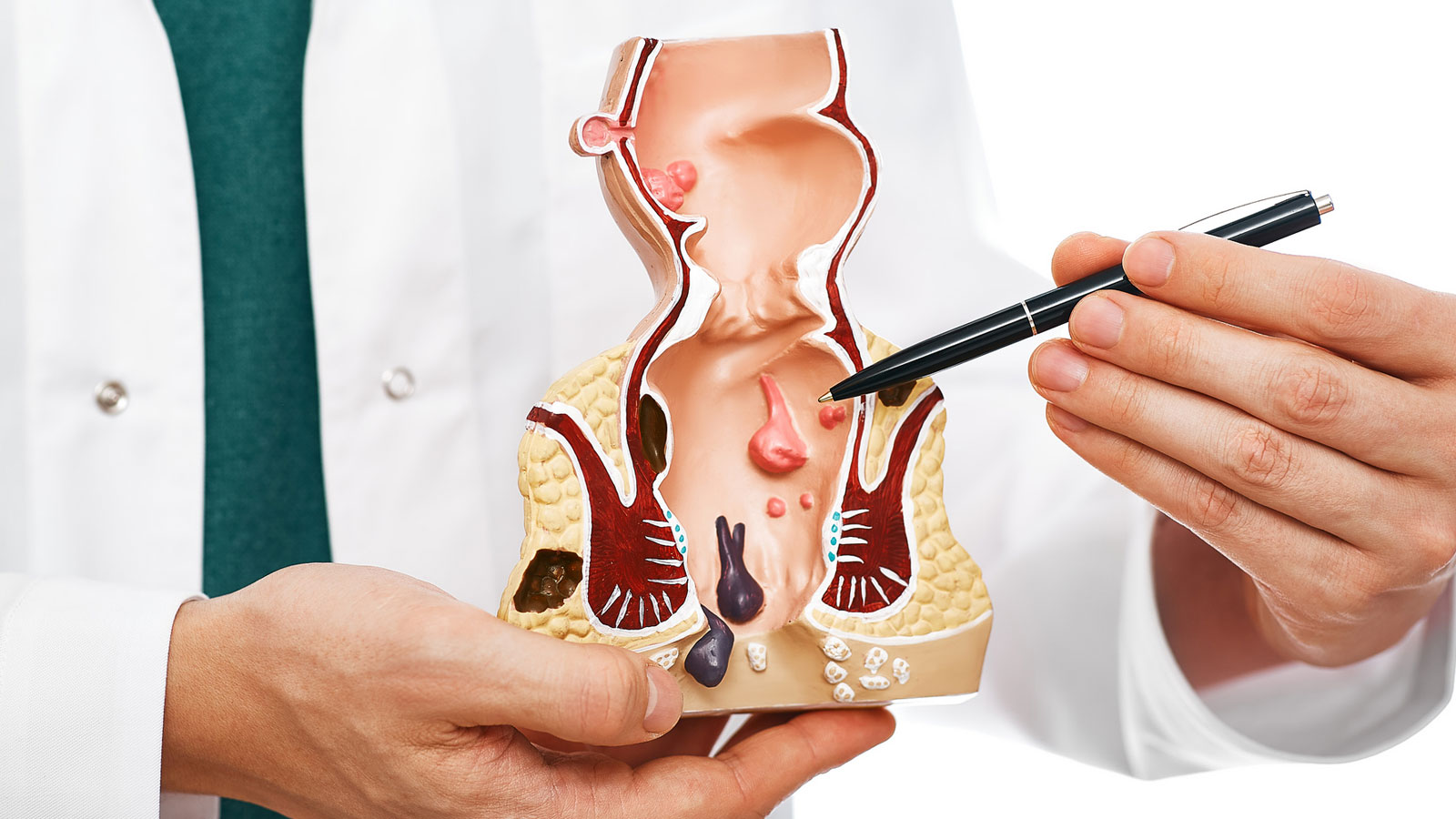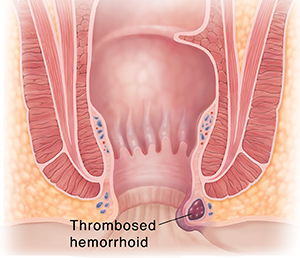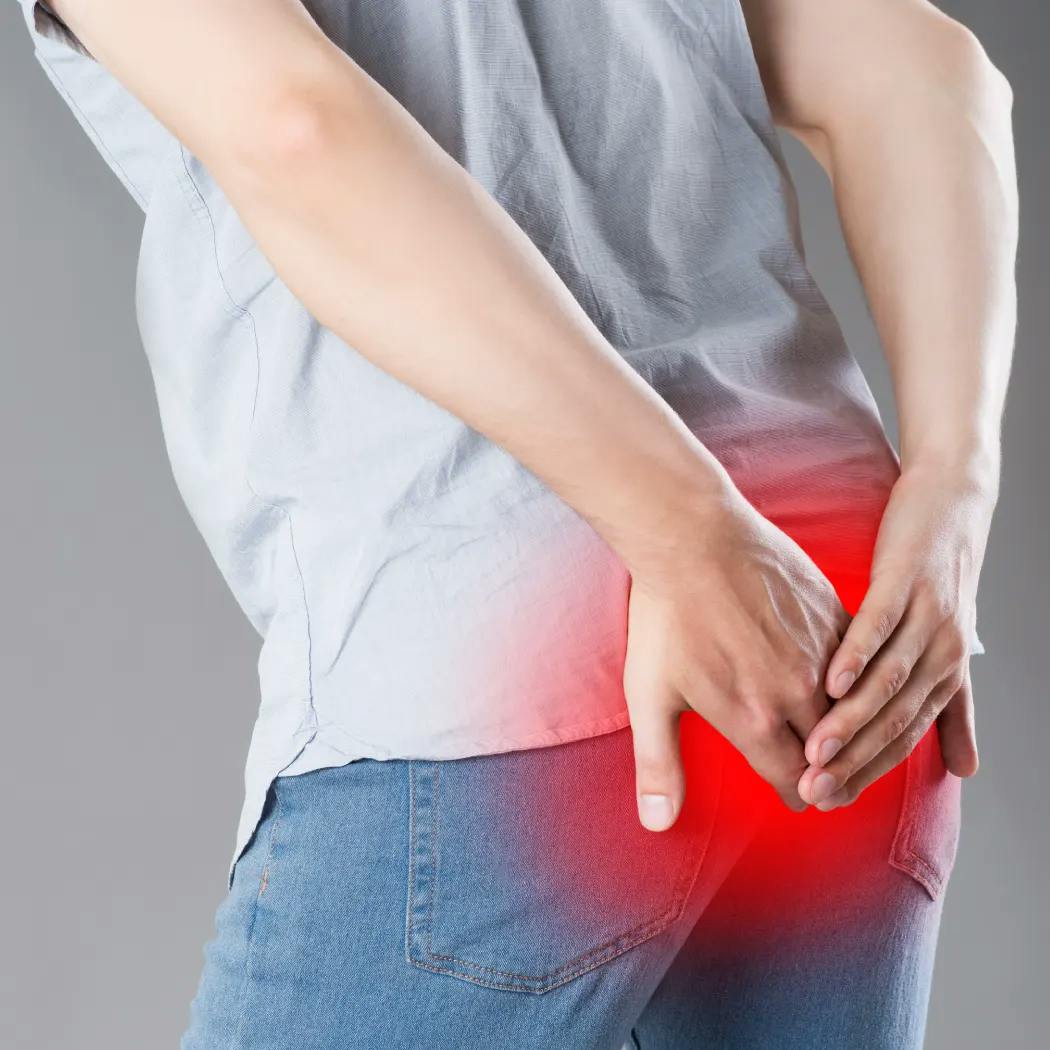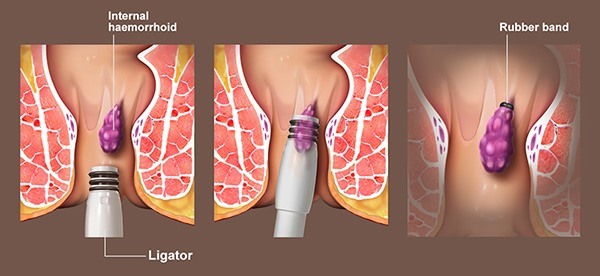If you’re dealing with thrombosed hemorrhoids, you’re not alone. These painful lumps around the anus can cause significant discomfort, but understanding them is the first step towards effective treatment.

What Are Thrombosed Hemorrhoids?
Thrombosed hemorrhoids are a type of external hemorrhoid where a blood clot forms inside the hemorrhoidal tissue, leading to intense pain and swelling. These can be identified by hard, bluish or purplish lumps around the anus. Symptoms include severe pain, especially when sitting or during bowel movements, itching, and sometimes bleeding.

Causes and Risk Factors
Thrombosed hemorrhoids develop due to increased pressure on the veins in the rectal area. Common causes and risk factors include:
- Straining during bowel movements: Often a result of constipation or diarrhea.
- Prolonged sitting: Especially on the toilet.
- Heavy lifting: Increases abdominal pressure.
- Pregnancy: Added weight and pressure from the baby.
- Obesity: Excess weight puts extra pressure on the rectal veins.
- Sedentary lifestyle: Lack of physical activity can lead to hemorrhoidal issues.

Diagnosis and When to See a Doctor
Diagnosing thrombosed hemorrhoids involves a physical examination by a healthcare provider. They may perform a digital rectal exam or use an anoscope to get a better view. If you experience severe pain, persistent bleeding, or if the hemorrhoid does not improve with home care, consult a doctor immediately.
Treatment Options for Thrombosed Hemorrhoids
Medical Treatments
External Thrombosed Hemorrhoid Treatment
- Thrombectomy: A minor procedure where the doctor makes a small incision to remove the clot, providing rapid relief from pain and swelling.
- Rubber Band Ligation: rubber band ligation is as minimally invasive procedure where a band is placed around the base of the hemorrhoid, cutting off its blood supply, leading to the hemorrhoid’s gradual shrinkage.

Prevention and Management
Preventing thrombosed hemorrhoids involves several lifestyle changes:
Increase Fiber Intake:
Consuming a high-fiber diet with fruits, vegetables, and whole grains helps prevent constipation.
Stay Hydrated:
Drinking plenty of water aids in softening stool.
Exercise Regularly:
Physical activity promotes regular bowel movements.
Avoid Straining:
Take your time during bowel movements and avoid prolonged sitting on the toilet.
Use Ground Flaxseed:
Incorporating ground flaxseed powder in your diet can be an excellent source of fiber.
Thrombosed hemorrhoids, though painful, are manageable with the right approach. Understanding the symptoms, causes, and treatment options is key to finding relief and preventing recurrence. If you experience severe pain or persistent symptoms, don’t hesitate to seek medical advice. Taking proactive steps in your daily routine can significantly improve your quality of life and help prevent future occurrences. Whether you’re dealing with chronic hemorrhoids or seeking a minimally invasive solution, ColoWell is here to guide you through every step of your treatment journey.
-Disclaimer-
The information provided on this website is for educational and informational purposes only and is not intended as medical advice. Always consult with a qualified healthcare provider regarding any medical concerns, conditions, or treatment options. Individual results may vary. The information provided or services described are not intended to diagnose, treat, cure, or prevent any disease. Any medical or aesthetic procedure should be discussed thoroughly with a licensed professional before beginning treatment.





